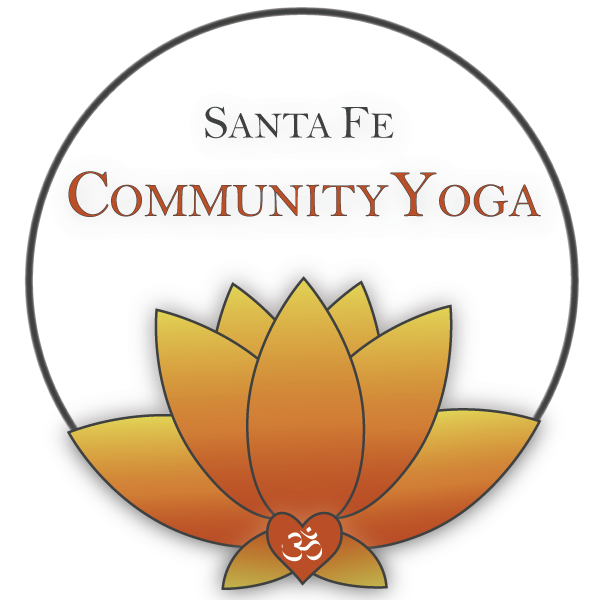“There is no living thing that is not afraid when it faces danger. The true courage is in facing danger when you are afraid. ”
In many spiritual traditions across the East and the West, courage is one of the traits that distinguishes humans as intelligent and evolved beings. It has been expounded by philosophers as a type of ‘endurance of the soul’. The textbook definition of courage is “the ability to do something that frightens one” or “strength in the face of pain or grief”. Just as with resilience, every human being who is alive today can probably attribute part of their existence to the courage of their ancestors.
Courage can be physical, which is bravery in the face of physical pain, hardship or threat of death. Courage can also be moral, which is the ability to act rightly, even in the face of popular opposition, shame, scandal, discouragement or personal loss. Both aspects of courage can be cultivated with a steady yoga or spiritual practice. Many of the qualities of courage stem from a certain aspect of trust. Physical Courage is trusting your body to survive pain and discomfort. Ultimately, one must trust their intuition of what is deeply right and worth fighting for in practicing Moral Courage.
We are all born with courage. The amount of bravery it takes to push through birth and take a first breath is something we cannot remember or measure. It us up to each individual to face any physical or moral adversity with bravery, strength and trust. Courage is a choice that can be made with any challenge. It can be cultivated in us.
Simhasana (Lion's Pose)
You may have heard of Lion’s breath without knowing its origin in a pose called Simhasana, meaning “Lion’s Pose”. Lion’s Pose is a seated pose, often practiced in vajrasana, or a kneeling posture. If kneeling is not available, you can find any seated position that allows your spine to be long. Simhasana is a unique pose in that it mainly benefits unseen internal organs, including the larynx, the carotid sinus, the sinus nerves, thyroid, and parathyroid glands. It also helps to strengthen the chest and abdomen.
Lion’s Pose can help alleviate symptoms of voice-related issues, such as stammer and hoarseness. It also may help improve the quality of one’s singing voice. Finally, one of the most popular benefits is that Lion’s Pose helps stimulate the platysma, which is the muscle in the neck that tends to sag as we get older, leading to a more aged look. For some, especially those who are new to practicing yoga in public, Lion’s Pose takes a lot of courage because the proper way to practice it is by crossing the eyes (to gaze at the third eye), sticking out the tongue, and making a strong “ha” sound. Please try to remember that we are all in this practice together, and that the benefits of this strong pose are plenty.







